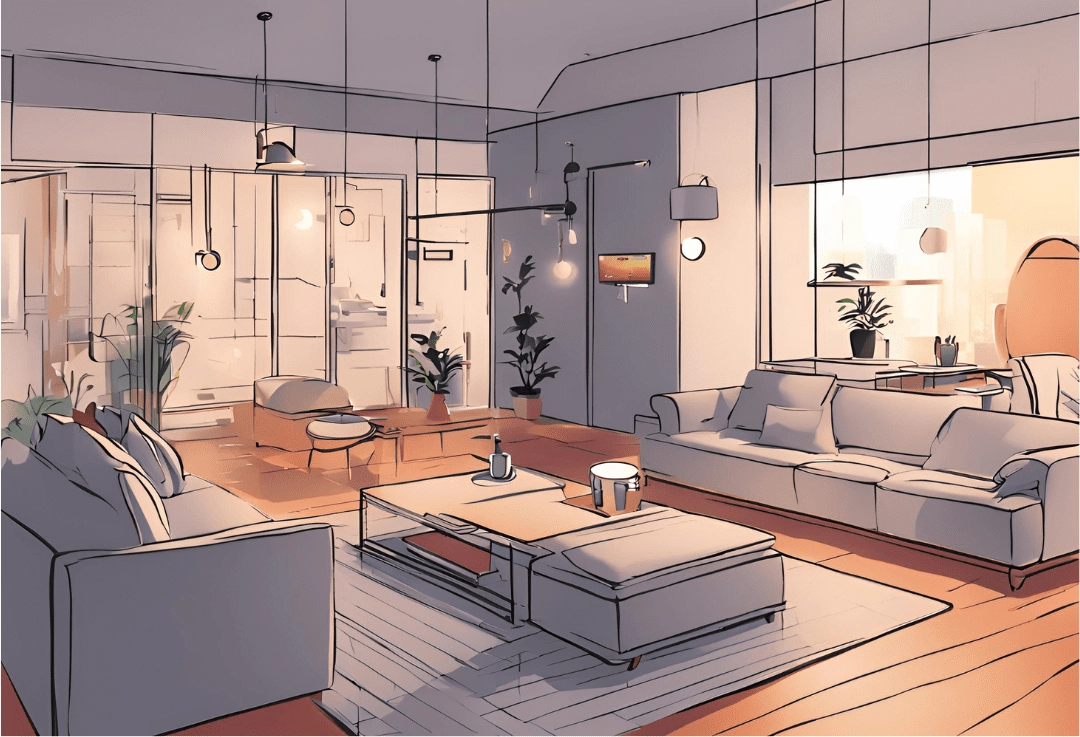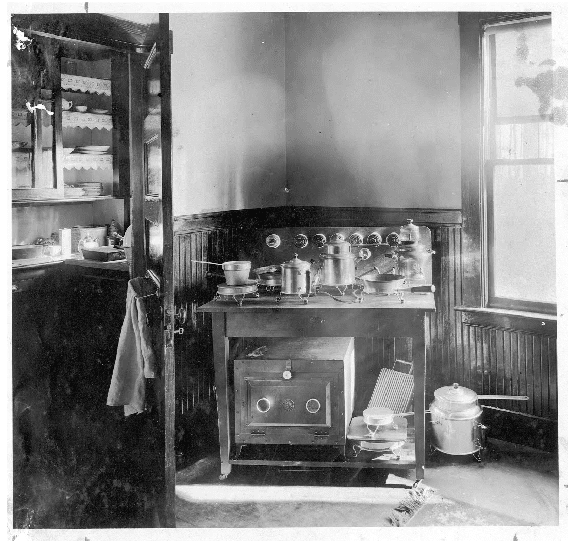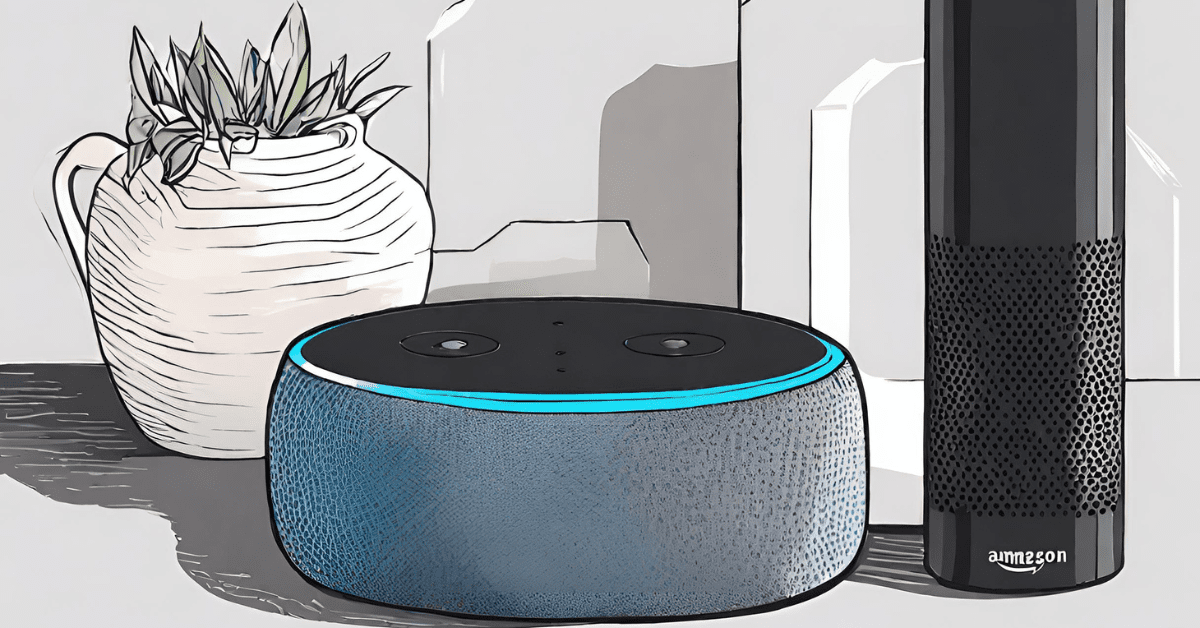When Did Smart Home Technology First Appear? An In-Depth History
Having lights that switch on when you enter, or a robot cleaner that detects mess as soon as it hits the floor, and voice-controlled living room environmental settings, were once the stuff of fiction. But smart home technologies in the real world have been with us longer than you might imagine. How did we get from basic electronic appliances to voice controlled robot cleaners?

Please note: This page may contain affiliate links. Read our ethics policy
Having lights that switch on when you enter, or a robot cleaner that detects mess as soon as it hits the floor, and voice-controlled living room environmental settings, were once the stuff of fiction.
But smart home technologies in the real world have been with us longer than you might imagine. Its evolution can be traced to the early 20th century, and while significant advancements were made in the mid 20th century, the smart home is enjoying a surge right now.
How did we get from basic electronic appliances to voice controlled robot cleaners?
Early Smart Home Pioneers: The 20th Century
Way back in 1876, the invention of the telephone by Alexander Graham Bell helped to kick things off, as did the later arrival of electricity in homes (from around 1930). The invention of radio and radio waves also contributed to the later development of the smart home.
Early home automation systems were largely reliant on mechanical timers and thermostats to achieve basic control of temperatures at home - these days, you can buy smart themostats as a kit. Some crude air conditioning systems from the first half of the 20th century featured timers.

(Image credit: miSci- Museum of Innovation & Science)
Meanwhile, a 1939 edition of Popular Mechanics featured an article: “The Electric House of the Future.” In this, author George H. Bucher shared the idea of a home with automatic doors, intercoms, and lighting that could be changed by request. This might have seemed futuristic, but not without precedent. In 1905, GE Heating Devices manager Henry W. Hillman, built an entirely electric home (pictured above is the kitchen).
The Mid-20th Century: Technological Advancements
While homes were slowly being given electric wiring and access to the grid, other developments were taking place. The creation of the first transistors and their miniaturization into integrated circuits lead to small devices that offered considerable potential for home automation.
These same circuits were used as the foundation of the home computing revolution.
Meanwhile, transistors made things like UHF and infrared remote controls possible. Remotely controlling a TV, video recorded, or audio system was for many people the first step on the road towards a smarter home.
As the 20th century progressed, basic home security systems became available. These typically had a basic alarm and magnetic door and window sensors, although if you had the budget, closed circuit surveillance cameras were also available.
The Late 20th Century: Digital Age and Networking
In the late 20th century, home entertainment systems became more popular. Along with remote controls, it was possible to program recordings and playback on video systems, audio systems, and even radio alarm clocks. Meanwhile, the home computer became ubiquitous at the turn of the century, with home networking relying on Ethernet cabling, null cable connections between devices, and telephone lines.
It seemed exciting and futuristic in the year 2000, but with the benefit of hindsight, it sadly appears basic.
Smart appliances such as programmable ovens and microwaves, fridges and freezers with specific settings, and washing machines and dishwashers that could activate on schedule were also introduced around this time.
Meanwhile, home security – still a key element of smart homes that is still to be incorporated into the Matter smart home – enjoyed advancements like remote monitoring and control. Some security system suppliers even included remote monitoring as a service, although this meant placing trust in a third party.
For many, a key point of smart home technology is to put the householder in ultimate control of everything.
The 21st Century: The Internet of Things and Smart Homes
With the arrival of high speed wireless networking and smart speakers (think Amazon Echo, Google Nest, etc.), the smart home revolution has gained a foothold. While many of the devices are separate (think robot cleaners, kitchen hoods, and security systems), they are slowly being brought together by the common requirement of interoperability.

That’s what Matter brings to the smart home, a unifying presence, drawing the strings of Wi-Fi, Z-Wave, Zigbee, and some proprietary systems into one tightly-knitted environment.
Internet of Things devices have played a part, too, influencing smart home automation with smart sensors for doors and windows, motion sensors, and even temperature and dampness sensors.
The result of this revolution is slowly bearing fruit. Smart speakers, integrated with hubs, controlling units and smaller sensors and bulbs, all communicating across a common layer. While the ideal smart home is still some way off, it is finally within sight.
The Smart Home: Where Next?
The past 100 years has seen slow development in the smart home compared with other areas of technology. But while manufacturing and engineering have benefited from considerable improvements in automation, our homes have lagged behind.
Wireless technology has been a considerable benefit, as has the development of the integrated circuit. Thee Internet of Things has also played a considerable role.
Smart homes are far from the finished product. Much like the development of wireless networking and the introduction of Wi-Fi in the late 90s, what seems amazing now will always seem basic looking back. The smart home of the future will need better compatibility, improved reliability, and it should be easier to control using your voice. Future smart homes should also be more accessible to users where necessary.
Whatever technology we’ll be using in the ultimate smart home of the future, we’ll almost certainly be relying on Matter to get there.
About the Author

Christian Cawley
Editor in Chief
Christian has been writing about technology since the mid 2000s, and has been published in numerous publications, online and in print. These include Android Magazine, Linux User & Developer, Linux Format, Tech Radar, Tom's Hardware, and Computer Active. From 2014-2024, he was a section editor and later deputy editor at MakeUseOf, before joining the Matter Alpha team. Christian enjoys old video games (mainly C64, Amiga, and MS-DOS), classic TV, and telling everyone who will listen that they should have a robot cleaner. When he's not shaping articles, Christian is a dad to three dancers, collects Lego, and is an avid home chef.